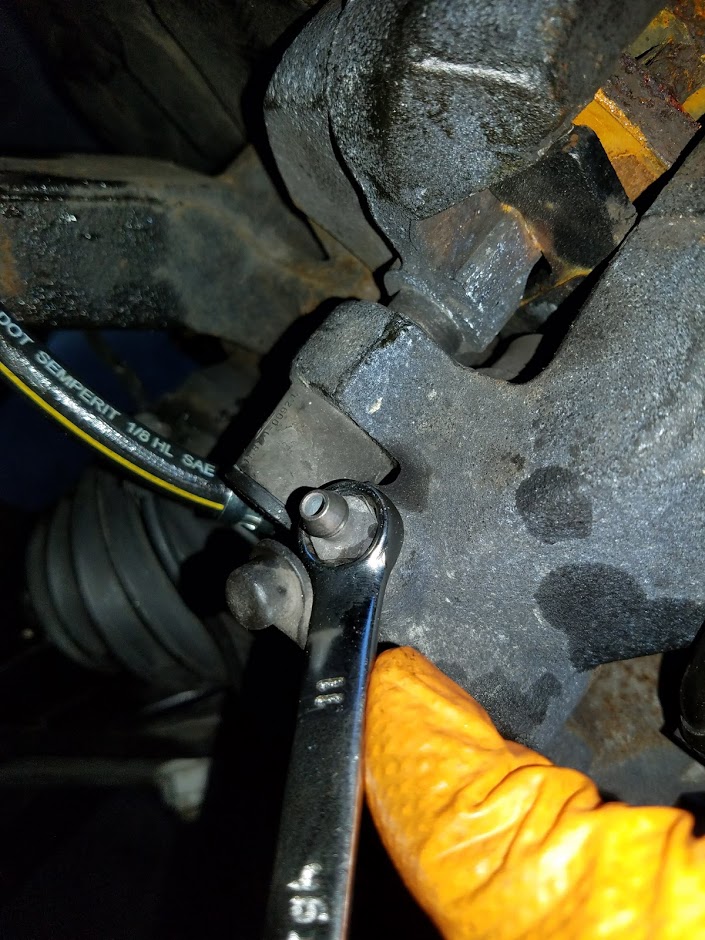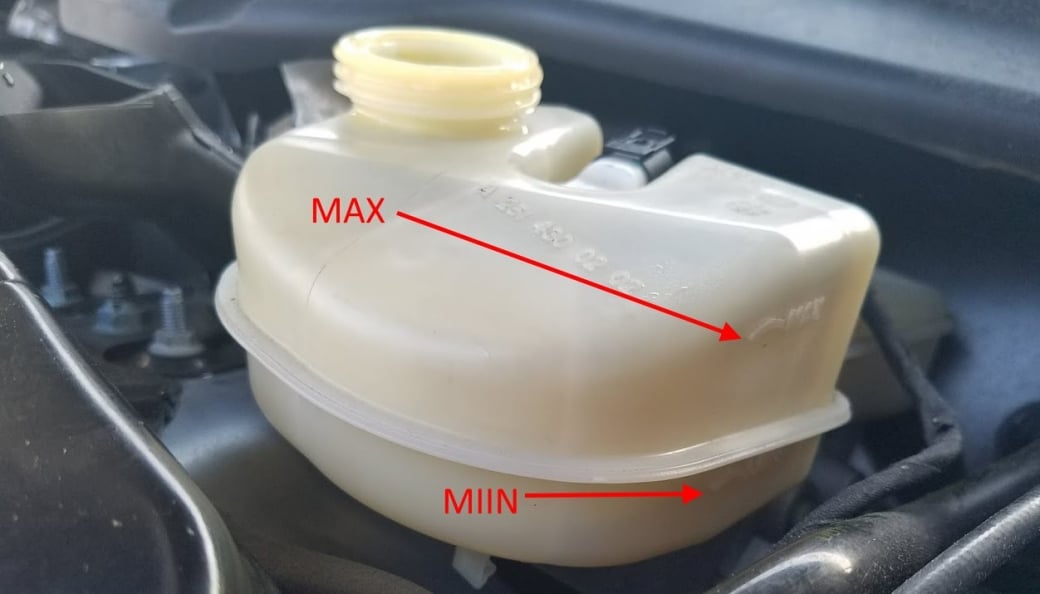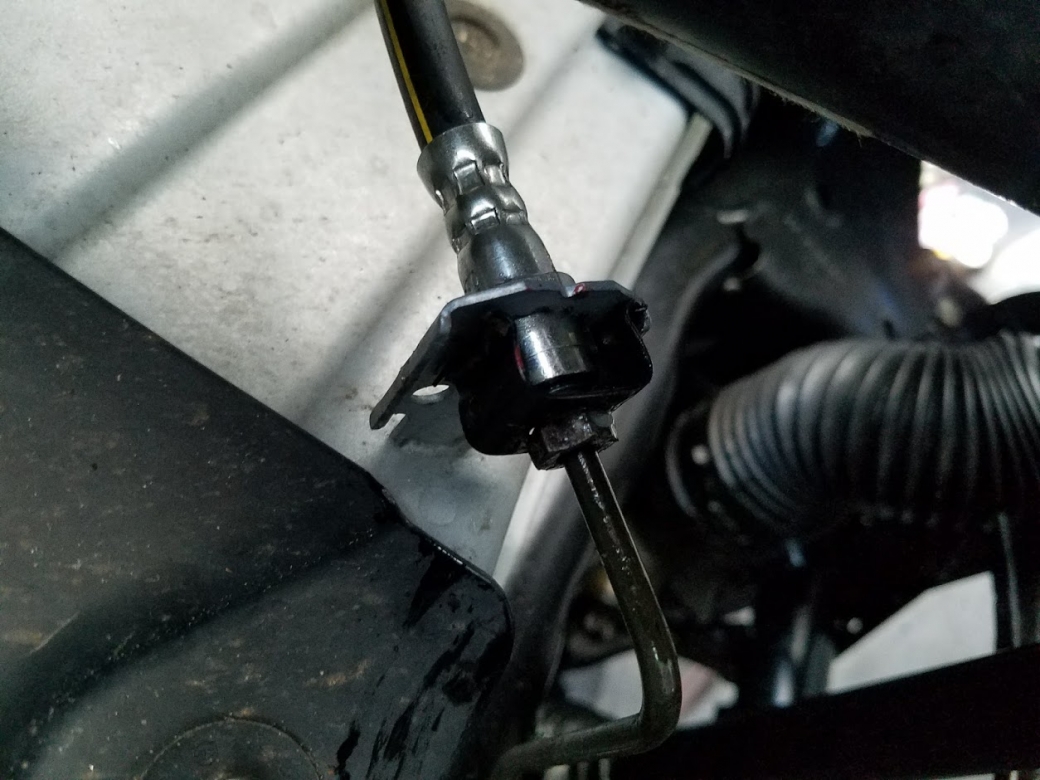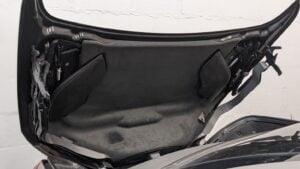Mercedes Brake Hose Replacement DIY
Does your Mercedes-Benz brake feel soft due to a faulty brake hose? Learn how to fix the problem by replacing your Mercedes-Benz brake hose. Whether changing all four brake lines or just one, read this article and watch the video at the end to learn a few important tips.
What you will need
- Mercedes Brake Hose
- DOT4+ Brake Fluid
- Flare Nut Wrench
- 10mm, 11mm, 14mm wrench
- Flat Head Screwdriver
- Penetrating Oil
- Work Gloves
How to change Mercedes Brake Hose
Before you get started, there are a few important points that you need to keep in mind.
- When you disconnect the brake hose, you will lose brake fluid. Only use the recommended fluid for your Mercedes-Benz, which in most cases is DOT4+ Mercedes Brake Fluid on eBay. It is different than DOT4 brake fluid, and based on our research, it is not compatible with DOT 5 and 3. The brake fluid can be purchased online or from any Mercedes-Benz dealer. At the dealer, 1-quart costs about $25.
- If your vehicle has SBC brakes (often found in 2003-2006 E and CLS class), disconnect or disable the system before changing the brake line.
- Pay close attention to the routing of the existing brake hose. If you route the new brake hose incorrectly, it can stretch and burst when making left and right turns. Take a few pictures of the old brake line. If you get stuck or wonder how the brake line was routed, you can always review the pictures.
Instructions
- Jack up your Mercedes-Benz and remote the wheel where the bad brake line is located. If changing all four, start with the right rear brake hose.
- Locate the brake line that needs to be replaced. In all Mercedes-Benz vehicles, the flexible brake line goes from the caliper to the strut and connects to the brake line near the wheel.

- Use a wire brush to clean any dirt or debris from the caliper where the brake hose connects. You will remove the hose and don’t want dirt to enter the brake caliper.
- Spray penetrating oil on the connections. Allow the penetrating lubricant to soak for at least five minutes. This step is a must. It is effortless for the nut to get rounded, especially if there is rust at the connection.
- Place a pan under the brake line to catch the brake fluid leaking when you disconnect the line.
- Disconnect the line where the rubber hose connects to the metal brake line. Hold the rubber brake hose using a 14mm open-end wrench and rotate the 11mm nut. Use a flare nut wrench to avoid stripping the nut. Don’t rotate the rubber brake line. The line has small tabs that will not allow it to rotate.

- To minimize brake fluid, loosen the warp plastic at the tip of the metal brake line/flare. This will minimize the loss of brake fluid and give you t time to change the brake line. You can also remove the cap from the bleed valve and place it on the flare to stop the brake fluid leak.

- Use a 14mm wrench to hold the brake line and a flare nut wrench to disconnect the brake hose. If you don’t have a flare nut wrench, use an 11mm open-end wrench, but you must be careful because the nut can get damaged.

- Using a 14 mm open-end wrench, disconnect the brake line from the rotor and turn the brake hose counterclockwise to remove it.

- Install the new brake line. First, you should connect the brake hose to the caliper.
 Start threading the brake line by hand into the brake caliper. The brake line should go in easily. Be cautious because it is easy for the brake hose compression fitting connection to cross-thread when screwed into the brake caliper.
Start threading the brake line by hand into the brake caliper. The brake line should go in easily. Be cautious because it is easy for the brake hose compression fitting connection to cross-thread when screwed into the brake caliper. 
- Secure the brake line to the strut and steering knuckle. Route it the same way the old brake line was installed.

- Connect the flexible brake line to the metal brake line.
 Note the exact orientation of the U clip.
Note the exact orientation of the U clip. When installed properly, it will not allow the brake line to spin. Even though the brake line should not rotate, you must counter-hold it to prevent damage to the brake line.
When installed properly, it will not allow the brake line to spin. Even though the brake line should not rotate, you must counter-hold it to prevent damage to the brake line. - Add brake fluid.
 Only used the recommended Mercedes-Benz brake fluid.
Only used the recommended Mercedes-Benz brake fluid. 
The most used class for most models, including C, E, S, ML, GL, R, and CLS, is DOT4+ Brake Fluid. It is not the same as DOT4 Brake Fluid. - Bleed the brake lines.
 Loosen up the bleed valve at the caliper that you changed the brake line. Only rotate the bleed valve about one turn.
Loosen up the bleed valve at the caliper that you changed the brake line. Only rotate the bleed valve about one turn.
Tip: Connect a clear tube to the caliper brake line to minimize the mess and avoid brake fluid spraying out of the bleed valve. - Start the car and press the brake pedal a few times until you see brake fluid dripping out of the bleed valve. Tighten the bleed valve. There will be brake fluid leaking at the bleed valve. No air bubbles should form at the tip of the bleed valve. Close the bleed valve when you see steady brake fluid coming out of it.

- Add brake fluid to bring the MIN and MAX levels to the correct level.

- Next, we need to inspect the brake fluid for leaks at the connections. You should clean the brake line connections with a clean cloth. Press the brake pedal at least ten times while the engine is running. Turn off the engine and inspect for brake fluid leaks at the connections. If any connection leaks or bleeding brake fluid, you should tighten it and reinspect for leaks.

- If your brake pedal feels soft, it is recommended to bleed the brake system for air using a Brake Fluid Bleeder pump. Start at the wheel furthest from the brake fluid reservoir, which in most cases is the rear passenger side wheel.
Mercedes-Benz brake hoses do not fail frequently, but they tend to become too stiff, dry-rotted, cracked, or weep fluid. On older Mercedes-Benz, the fittings may start to rust and leak.
In a few cases, Mercedes brake hoses may also swell internally, decreasing the line’s inner diameter and thus reducing the brake fluid flow. In turn, this can cause the brake pads to grab the rotor because the piston in the brake caliper can’t open quickly enough. This can cause your brake pads to wear a lot sooner. If you are experiencing any of these symptoms, you may want to replace your Mercedes brake line for safety.
You will get quoted anywhere from $200 to $450 to change one brake hose at the dealer. Changing the brake hose is possible and not as hard as you think. A new Mercedes-Benz brake hose can be purchased online for any model, and they typically run in the $25-$50 price range.
Additional Tips
- Avoid losing all of the brake fluid from the reservoir, as this may introduce air into the other brake lines and require a bleed of all the lines.
- High temperatures can cause your Mercedes Benz brake lines to fail prematurely.
- If your brake lines haven’t been changed in over ten years, we would recommend that you change them even if they don’t show any wear signs.
- Brake hoses can deteriorate on the inside, and you will not be able to inspect them visually. If so, the brake pads may grab, and the rotors get too hot. This may be the case if you change brake pads more frequently than you should.
- Poor braking on one side can cause your Mercedes-Benz to pull to one side when braking.
We hope you find the Mercedes Brake Hose Replacement DIY guide helpful. Check these troubleshooting and repair guides for more help on your Mercedes-Benz.

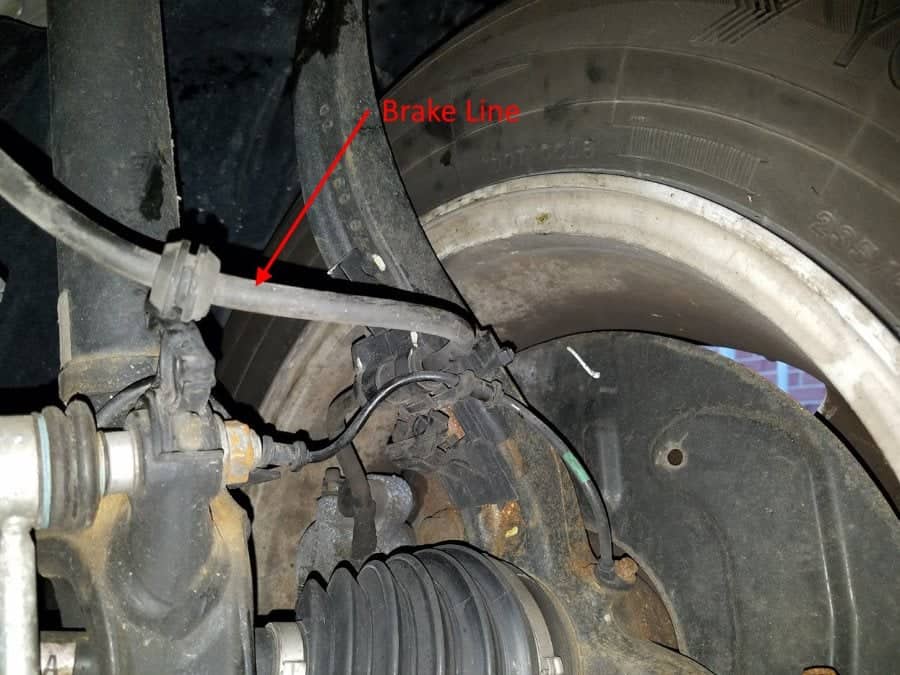
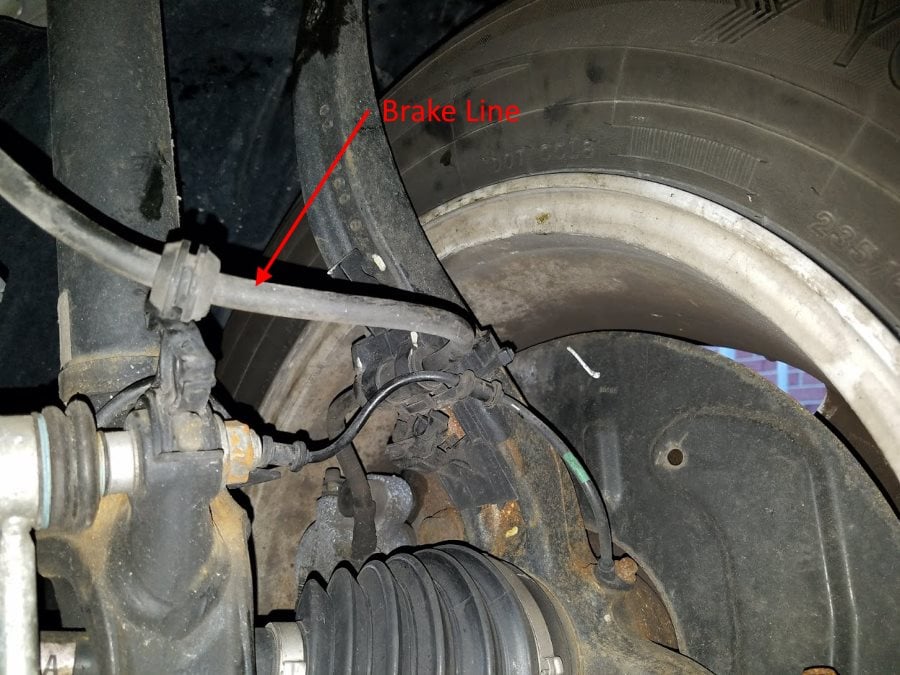
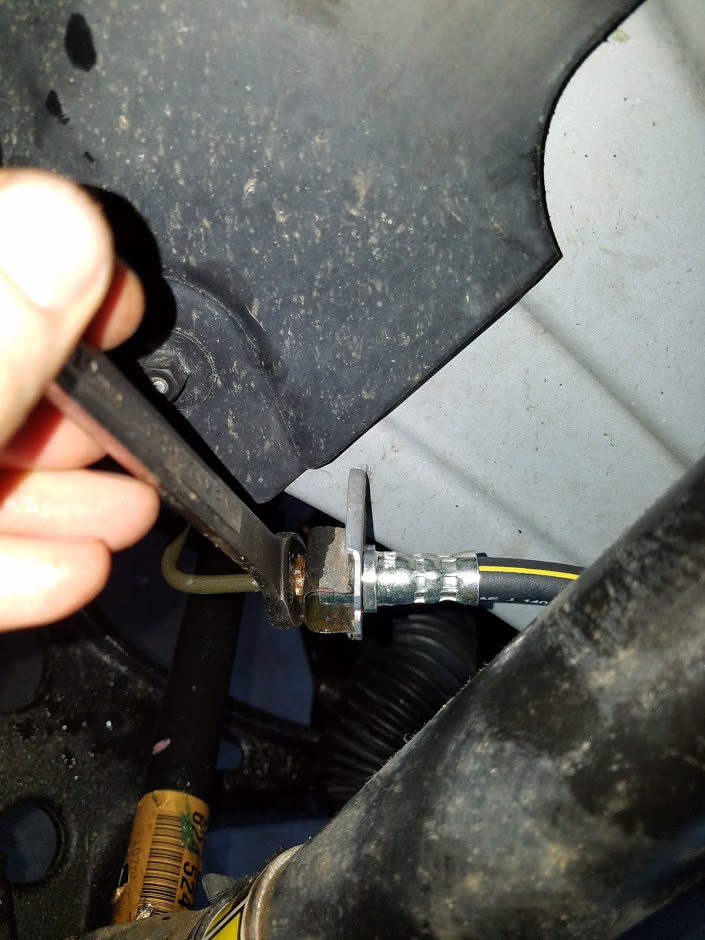

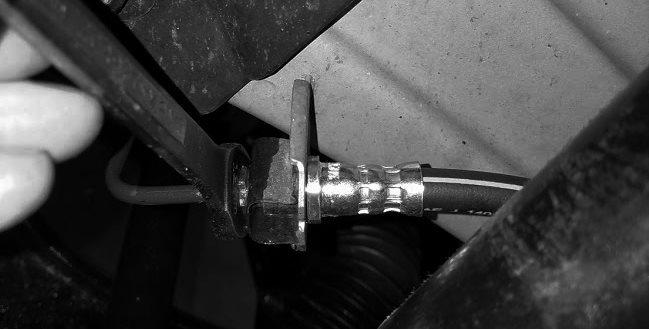
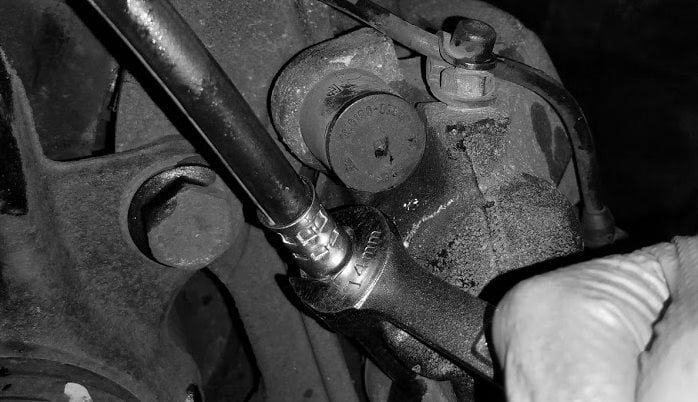
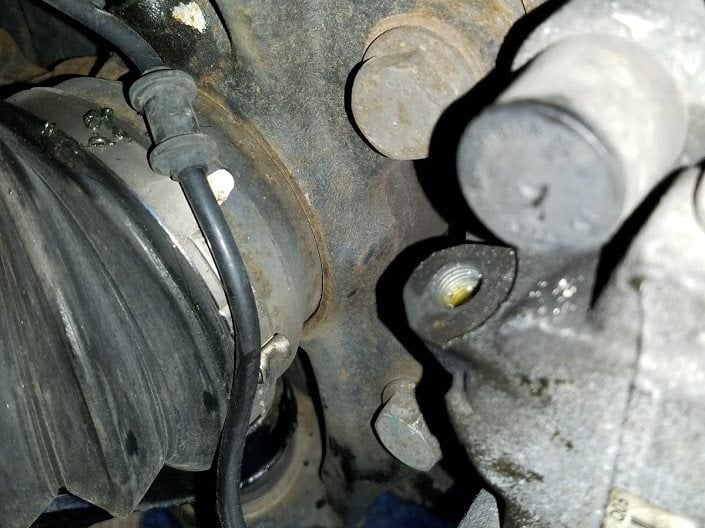 Start threading the brake line by hand into the brake caliper. The brake line should go in easily. Be cautious because it is easy for the brake hose compression fitting connection to cross-thread when screwed into the brake caliper.
Start threading the brake line by hand into the brake caliper. The brake line should go in easily. Be cautious because it is easy for the brake hose compression fitting connection to cross-thread when screwed into the brake caliper. 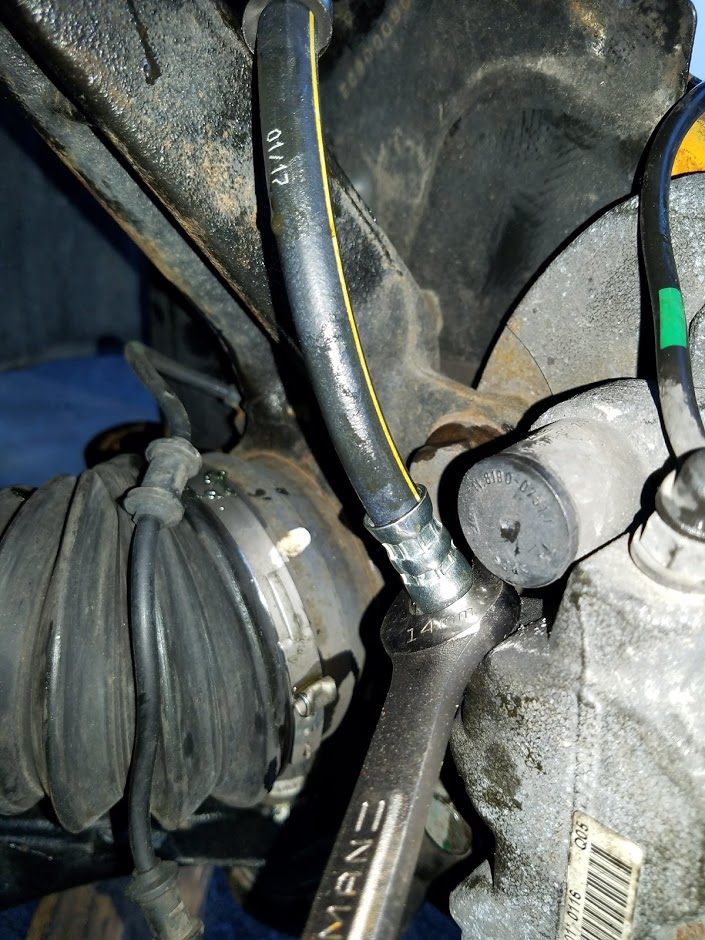
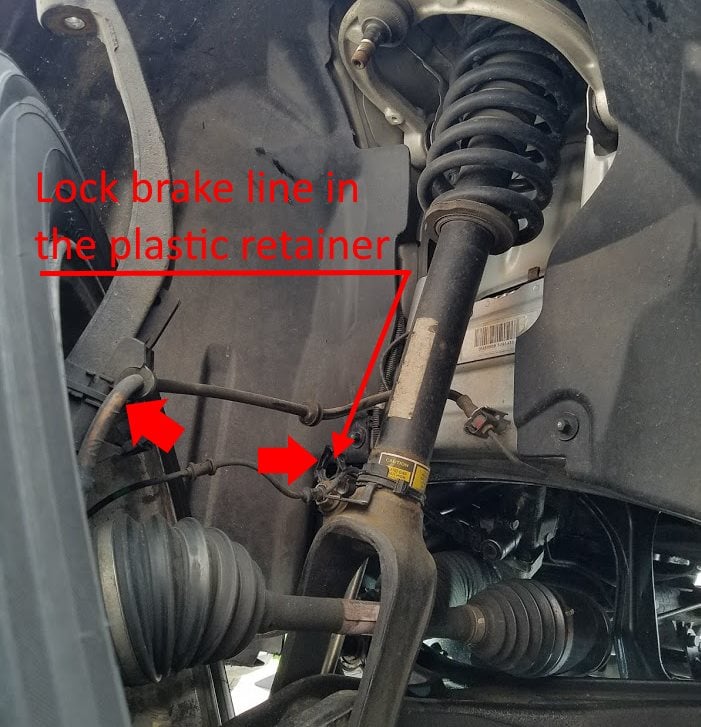
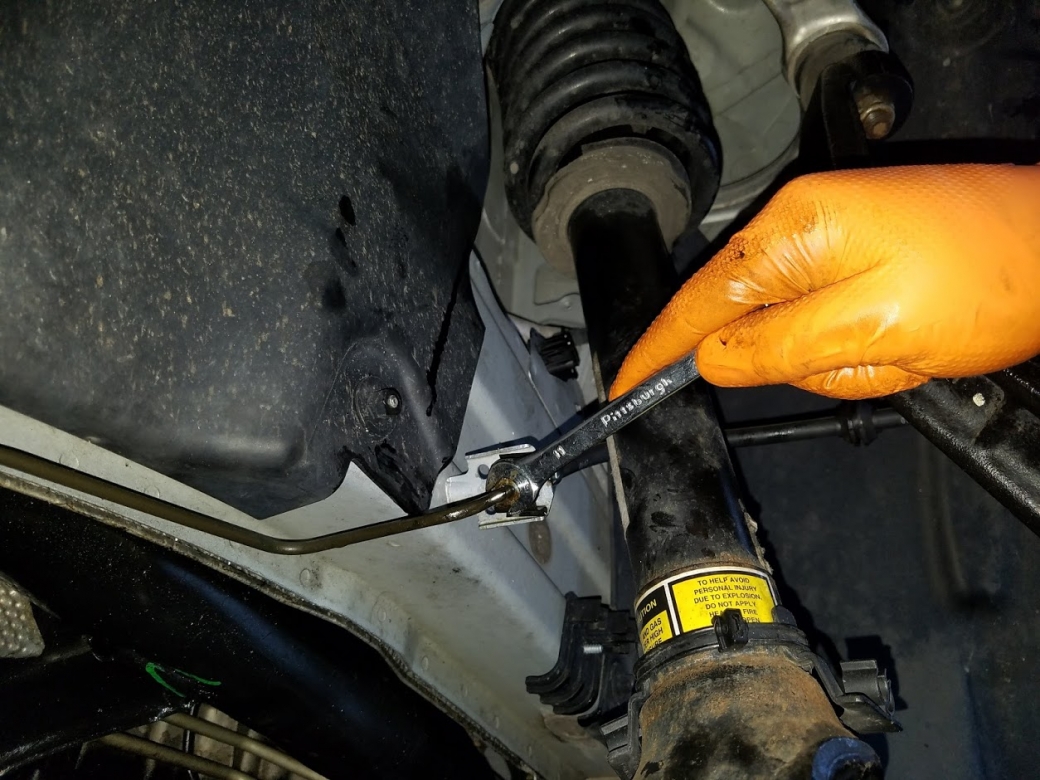 Note the exact orientation of the U clip.
Note the exact orientation of the U clip.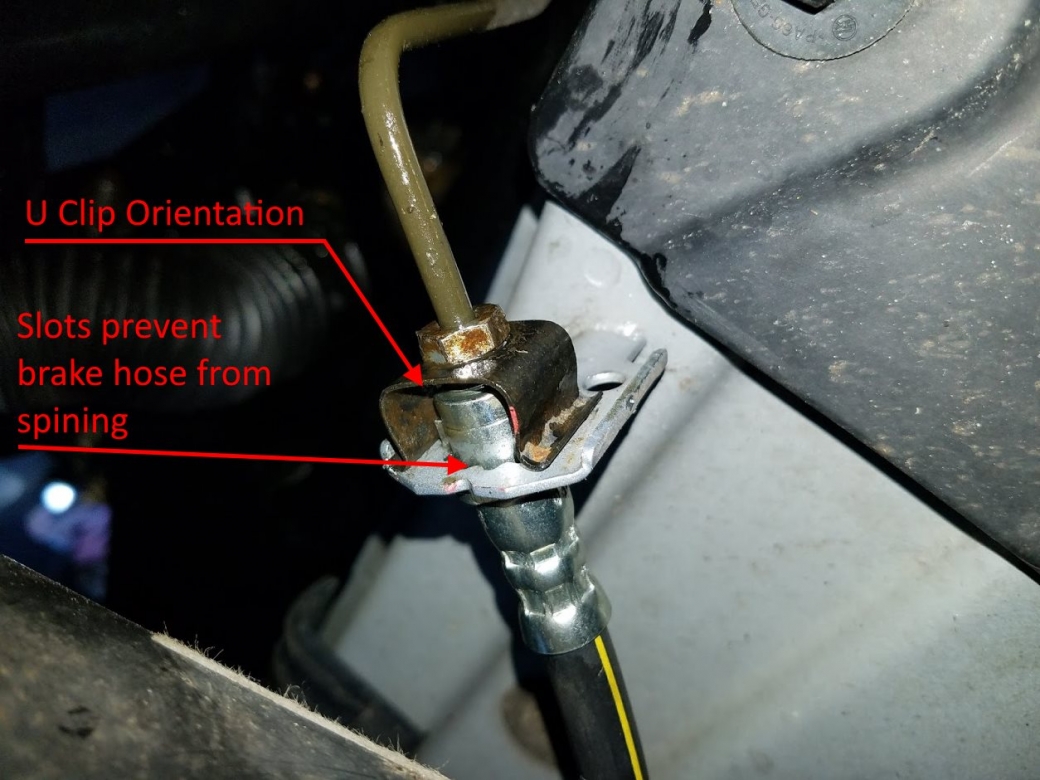 When installed properly, it will not allow the brake line to spin. Even though the brake line should not rotate, you must counter-hold it to prevent damage to the brake line.
When installed properly, it will not allow the brake line to spin. Even though the brake line should not rotate, you must counter-hold it to prevent damage to the brake line.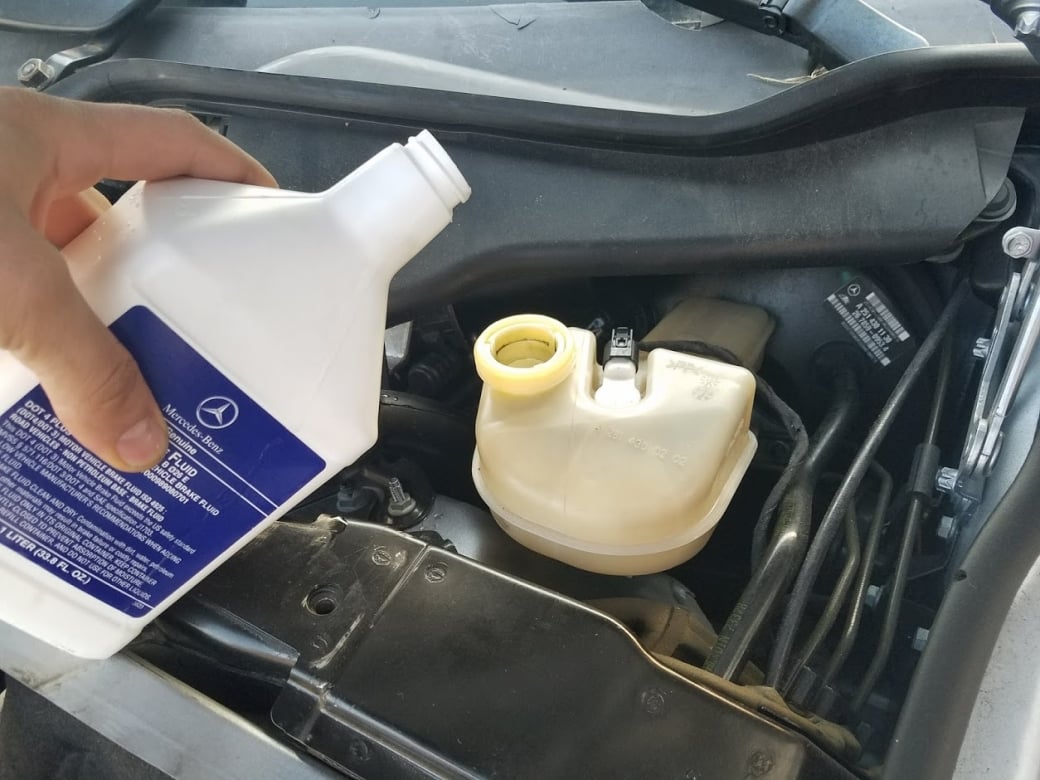 Only used the recommended Mercedes-Benz brake fluid.
Only used the recommended Mercedes-Benz brake fluid. 
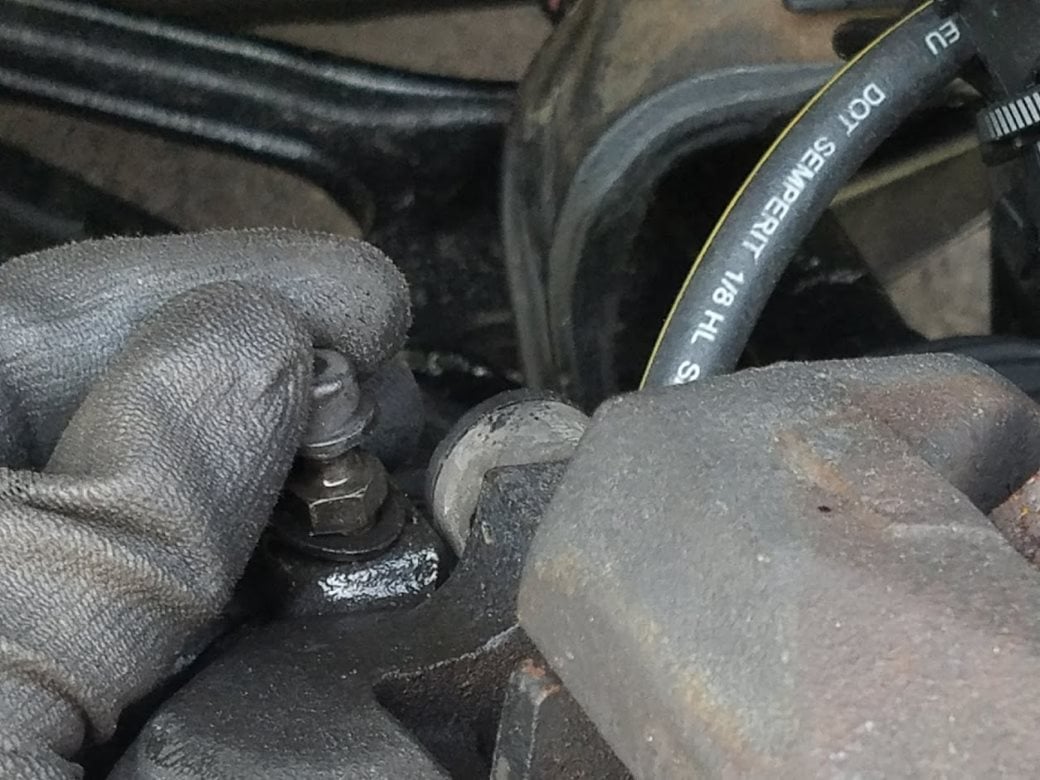 Loosen up the bleed valve at the caliper that you changed the brake line. Only rotate the bleed valve about one turn.
Loosen up the bleed valve at the caliper that you changed the brake line. Only rotate the bleed valve about one turn. 